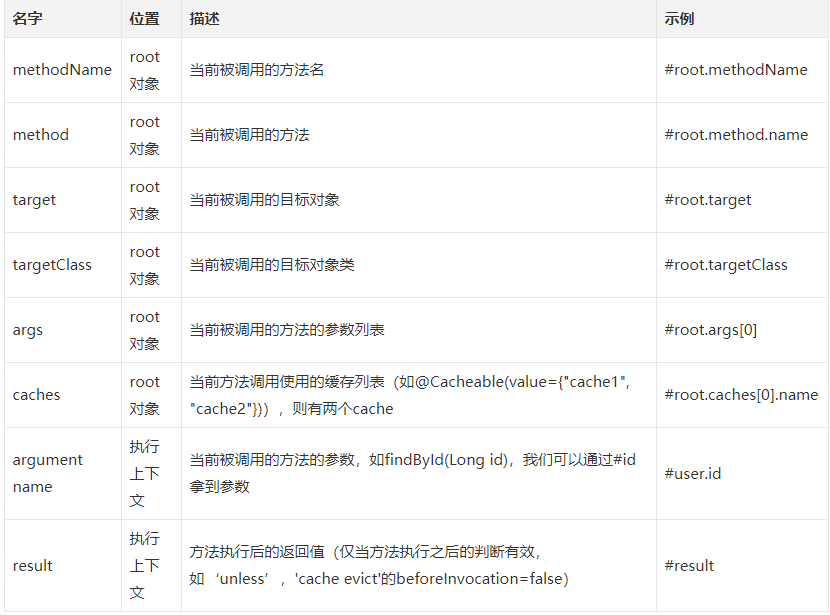1. pom import dependency
<dependency>
<groupId>org.springframework.boot</groupId>
<artifactId>spring-boot-starter-data-redis</artifactId>
</dependency>
<dependency>
<groupId>redis.clients</groupId>
<artifactId>jedis</artifactId>
</dependency>
2. redis configuration
@Configuration
@EnableCaching
public class RedisConfig extends CachingConfigurerSupport {
/**
* Custom redis key generation policy
*/
@Bean
@Override
public KeyGenerator keyGenerator() {
return (target, method, params) -> {
StringBuilder sb = new StringBuilder();
sb.append(target.getClass().getName());
sb.append(method.getName());
for (Object obj : params) {
sb.append(obj.toString());
}
return sb.toString();
};
}
@Bean
public RedisTemplate<String, String> redisTemplate(RedisConnectionFactory factory) {
ObjectMapper om = new ObjectMapper();
om.setVisibility(PropertyAccessor.ALL, JsonAutoDetect.Visibility.ANY);
om.enableDefaultTyping(ObjectMapper.DefaultTyping.NON_FINAL);
//redis serialization
Jackson2JsonRedisSerializer jackson2JsonRedisSerializer = new Jackson2JsonRedisSerializer(Object.class);
jackson2JsonRedisSerializer.setObjectMapper(om);
StringRedisTemplate template = new StringRedisTemplate(factory);
template.setValueSerializer(jackson2JsonRedisSerializer);
template.afterPropertiesSet();
return template;
}
/**
* Custom CacheManager
*/
@Bean
public CacheManager cacheManager(RedisTemplate redisTemplate) {
//Global redis cache expiration time
RedisCacheConfiguration redisCacheConfiguration = RedisCacheConfiguration.defaultCacheConfig().entryTtl(Duration.ofDays(1));
RedisCacheWriter redisCacheWriter = RedisCacheWriter.nonLockingRedisCacheWriter(redisTemplate.getConnectionFactory());
return new RedisCacheManager(redisCacheWriter, redisCacheConfiguration);
}
}
3. Use of notes
@Cacheable
@Cacheable("product")
@Cacheable(value = {"product","order"}, key = "#root.targetClass+'-'+#id")
@Cacheable(value = "product", key = "#root.targetClass+'-'+#id")
Customizing the cacheManager
@Cacheable(value = "product", key = "#root.targetClass+'-'+#id" cacheManager="cacheManager")
//Apply to methods for writing data, such as adding / modifying methods
@CachePut
@CachePut(value = "product", key = "#root.targetClass+'-'+#product.id")
//It is applied to the method of removing data, such as deletion method
@CacheEvict
@CacheEvict(value = "product", key = "#root.targetClass+'-'+#id")
Spring Cache provides some SpEL context data for us to use. The following table is directly excerpted from spring official documents:
Be careful:
when integrating redis with springboot and using @ Cacheable, an error is reported: java.lang.ClassCastException
Solution: it's due to the dependency of hot deployment. Just comment it out.